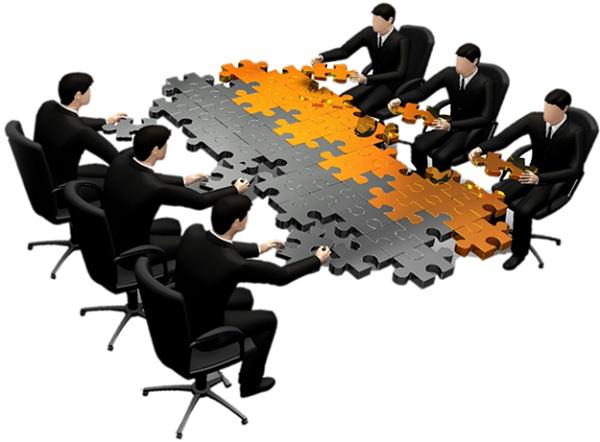Organizational Design - Introduction
Organizational Design is a sequential method of identifying the performing aspects and liabilities in a system, so that they can be re-aligned as per the needs of the company, such as current goals and implementing new business changes. It focusses on improving technical and interpersonal side of the workplace. Implementing an efficient organizational design leads to a more effective organization, a more focused workforce and a workplace of better productivity by improving internal operations, inter-departmental relationships, working efficiency, all of which leads to better productivity and customer satisfaction.
During the implementation of Organization Design, a management may enforce numerous strategic changes as per their strategy to deliver the desired results. In this process, there are chances of clashes between work-processes and the occasional trade-offs. Sometimes, there will be situations where the management realizes that they have to sacrifice smaller benefits to ensure larger benefits in the future.

Due to these reasons, changes in Organizational Design are always not as smooth as the management will like them to be. However, successful companies have managed to implement such changes with an eye on the big picture and have communicated their strategies with transparency to their employees, which has helped them to bring future-embracing changes in their structure without getting any negative press or reputation to their names.
Example
A notable example would be the Belgian giant, DuPont that decided to enter into the international market and diversify its business in 1921. To ensure that these ventures remain profitable, they implemented changes to many fundamental structures of their management, thereby bringing a new structure to their working, which has held them high through all the effects of the fluctuating global economy. This case will be explored in greater detail in a case study.
Designing changes in any organization is a step-by-step process and involves focusing on different phases of planning.
In the first phase, people develop a vision for their company for the future. Once that’s done, they identify their goals and the areas that they need to bring changes in to reach these goals.
The next step involves drawing out a clear set of objectives and what changes to implement, so that these objectives are realized.
This is followed by a crucial phase called Organizational Grouping during which the management decentralizes their workforce and divides them into separate groups that take care of different departments with enough autonomy to take their own decisions, with clear and timely communication with interlinked departments.
President George H. W. Bush had once asked a friend to help him identify some pressing issues for the election campaign, who suggested that he go alone to Camp David for a few days and figure out what direction he wants to lead the country towards, an incensed Bush told, “Oh, the vision thing".
This exposed his inability to articulate important policies in a concise manner. He was one of the few incumbent US presidents who didn’t win a second term.
Can you guess why?
Defining Organizational Design
Organization design is a framework architecture for an organization according to which an organization runs its business. It structures the workforce and the management in the most efficient working method through which they can realize their company’s mission statement.
A successful and comprehensive design process is defined by the holistic approach it envisions for the organizational improvement. To design such a framework that addresses all the vital areas of a company, the management will have to draw objectives that ensure the following −
- Business Growth Model
- Improved Efficiency and Profits
- Outstanding Customer Service
- Improved Process Management
- Improved Workforce Productivity
- Decreasing Operational Expenses
- Improved Employee Engagement
Based on this framework, work is deployed, teams are formed, responsibilities are delegated and core values are implemented. As a result of this, high-quality output is produced, which is then offered to the clients. Following this chain of operations for every project ensures trust, quality-assurance, time-efficiency and more business.
However, unlike what many people assume, there is no particular super-design that fits all. In fact, companies have lost their fortunes and brought severe losses upon themselves in chasing after the elusive formula that will set everything in order for them. They kept implementing repeated changes in their organization’s structure, but didn’t end up improving their business.



